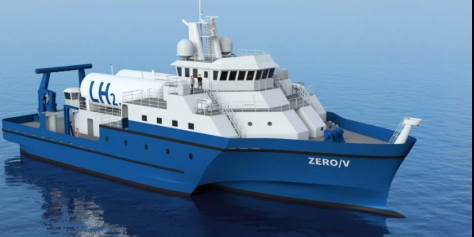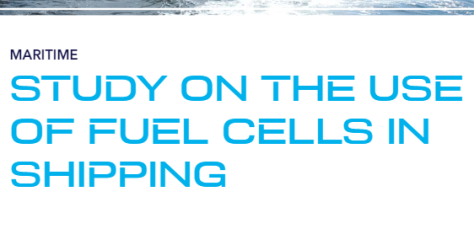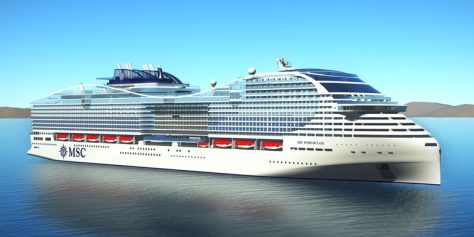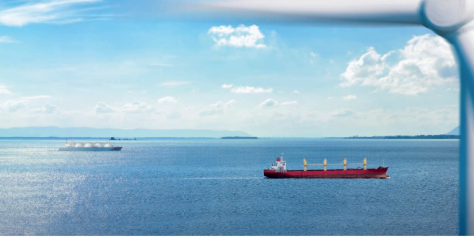Greenhouse, prepared for the International Maritime Organization by an international consortium made up of ten consultancies, research institutes and universities from four continents and directed by CE Delft (Netherlands), in alphabetical order ClassNK (Japan), Dalian Maritime University (China ), Fudan University (China), the Economic Research Institute Foundation, the University of São Paulo (Brazil), the International Council for Clean Transport, Manchester Metropolitan University (United Kingdom), the National Institute for Maritime Research, the National Institute of Maritime, Port and Aviation Technology (Japan), Purdue University (USA) and UMAS, University College London (UK).
In recent times, hydrogen fuel cells are the best option for truck fleets and in confined spaces such as ports, airports and warehouses where hydrogen forklifts help reduce emissions. The long-term cost of hydrogen-powered equipment is in line with diesel-powered equipment, making it an attractive alternative. Furthermore, hydrogen produced on a large scale by electrolysis from renewable sources is today on par with diesel for the automotive, bus and truck industries.
Fuel Cells are a promising technology in the context of clean power sustainability and alternative fuels for shipping. Different specific developments on Fuel Cells are available today, with research and pilot projects under evaluation that have revealed strong potential for further scaled up implementation. The EMSA Study on the use of Fuel Cells in Shipping has been the result of this Agency's initiative, under the agreement of the Commission and in support of EU Member States, an important instrument, developed in close partnership with DNV-GL.
Powered by LNG, SOFC technology will deliver electrical efficiency up to 60% and will also eliminate nitrogen oxide, sulfur oxide and fine particulate emissions. In addition, it will reduce greenhouse gas emissions by approximately 30% compared to conventional dual-fuel LNG engines.
The document analyzes the alternative routes to decarbonisation (pathways) in the 2050 horizon under three reference scenarios. Its content is a navigation chart between technology regulation and the uncertain market for marine fuels for shipowners and investors.
The decarbonICE ™ Technology is a radical innovative carbon capture and storage (CCS) solution for reducing GHG emissions from the shipping industry with an estimate of 90 %. The concept is to freeze the CO2 in exhaust gas from a ship into dry ice powder. Cast the dry ice powder into streamlined ice blocks and discharge these into the deep-sea. Since the CO2 ice is heavier than water, it will decent to the seafloor, where it will penetrate the sediments and be stored permanently, primarily as CO2 hydrate.






